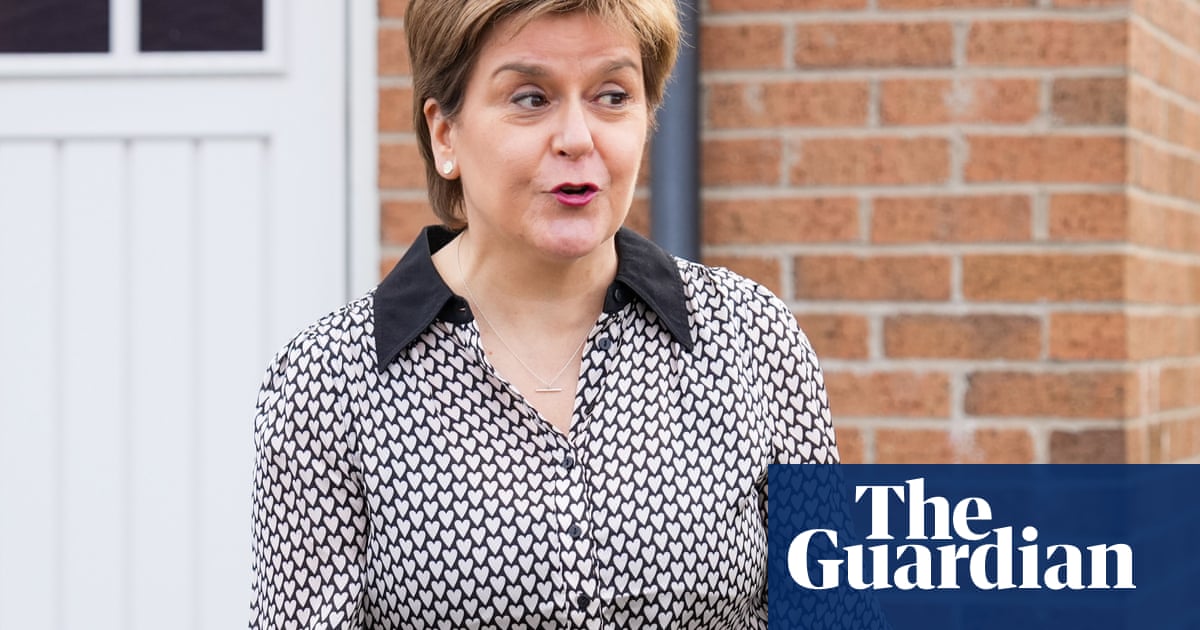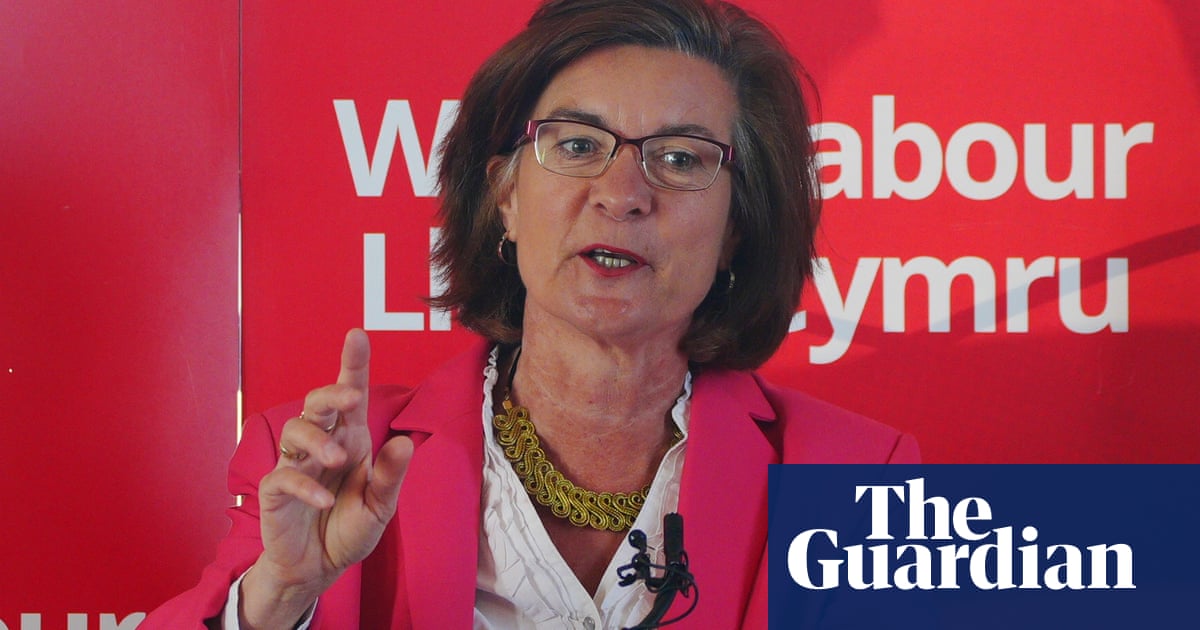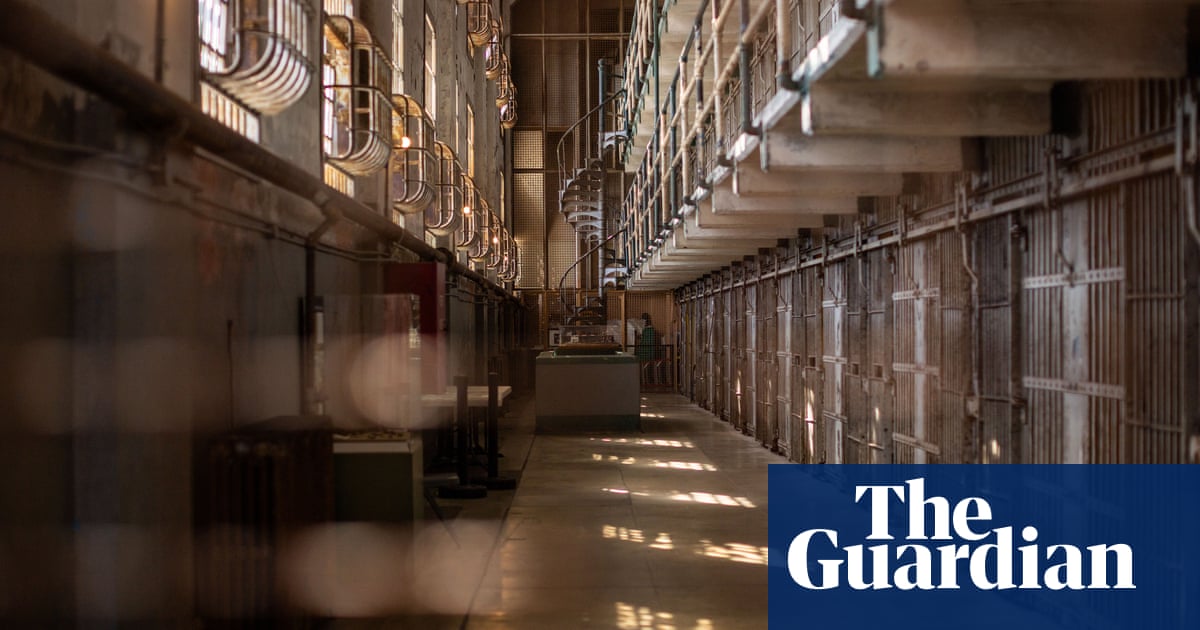Since Robert F Kennedy Jr assumed control of the US health department in February, with a mandate to “[lower] chronic disease rates and [end] childhood chronic disease”, he has moved quickly to remake the US’s federal health infrastructure. But the Trump administration’s actions on medical research are already threatening that goal – and could end medical progress in this country for good.
Kennedy’s office oversees the National Institutes of Health, the control center of disease research in the United States. Kennedy’s agency has killed almost 800 active projects, according to Nature, affecting medical research into HIV/Aids, diabetes, women’s health, heart disease, cancer, Alzheimer’s and more. The administration wants to cut the NIH’s budget up to 40% while consolidating its 27 agencies – separated by disease area – into just eight. Elon Musk’s Doge has been reviewing previously awarded grant funding, reportedly requiring researchers to explain how they are using their grants to advance the Trump administration’s political goals. (Audio obtained by the Washington Post suggests this “Defend the Spend” initiative may be a smokescreen, with one NIH official admitting: “All funding is on hold.”) Separately, Donald Trump has aggressively targeted universities such as Harvard and Columbia over alleged antisemitism and diversity initiatives, using federal contracts that fund research as leverage. And just recently, the NIH passed a new rule banning any university from receiving future federal grants if the universities use DEI programs or boycott Israeli firms.
Medical research is a wonkish issue usually kept far away from political discussions. Even popular initiatives like former presidents Barack Obama and Joe Biden’s cancer moonshot require long-term vision in a political landscape rarely concerned with anything beyond the day’s news. But in recent years, public and private investments in medical research have seeded a wave of potential cures across major disease areas. Now, just as that wave is about to crest, RFK Jr and the Trump administration’s incursion against the NIH threatens to ensure these cures are never finished.
For me, the promise of those cures is personal. At three days old, I was diagnosed with a rare version of the most common type of birth defect: congenital heart disease. CHD affects one in every 100 babies born in the US and is the leading cause of birth defect-related deaths. Congenital heart problems can range from a small hole in the heart to being born with only one ventricle. Many defects are underdiagnosed, and chances are good that you know somebody who lives with one. Even JD Vance does: his relative was born with Ebstein’s anomaly, a deformity of the tricuspid valve that has resulted in her now needing a heart transplant at the age of 12.
When I was six weeks old, doctors performed the first in a series of three surgeries aimed at correcting the circulation of blood within my heart and between the other organs of my body. The final surgery in that sequence had first been described in medical journals in 1971, and crucial refinements had been made only a few years before I was brought under the knife.
Before the surgery’s advent, the prognosis was grim. Many children like me died before their first birthday. Of congenital patients in the 1950s, “half died before the age of twenty”, writes cardiologist Sandeep Jauhar in his book Heart: A History. “In short, they were cardiac cripples, their existence doomed.” But after the surgery, more of us started living into adulthood. Today, most of these patients live at least another 30 years after the operation. My survival past infancy was an accident of history, the product of being born at the right moment in the lifespan of medical research. “Don’t worry,” my first surgeon told my parents when I was a child. “He’s going to long outlive you both.”
But my future and the future of others like me is not guaranteed. As I grew up, my doctors acknowledged that the surgery was merely palliative, not curative – a stopgap, medicine’s way of buying me some time. With medicine advancing so quickly, though, we could hope that new solutions would be brought into existence by the time I needed them. In the decades since, we have come to understand the surgery’s long-term consequences: likely progressive damage across organ systems, leading to the need for heart or multi-organ transplants in most patients by the age of 40. Last year, shortly after turning 31, I was formally diagnosed with cardiac cirrhosis and informed that I will need a combined heart-liver transplant within the decade. The time that those early developments bought me seems to be running out.
In recent years, as the patient population has grown, more of us have been able to advocate for the need for new solutions. Private foundations have started pouring tens of millions of dollars into research aimed at discovering new treatments and identifying the root causes of birth heart defects so they can be prevented. These foundations have also begun correcting an imbalance in funding – historically, pediatric cancer has received five times the amount of funding that CHD does, despite similar prevalence and mortality rates.
I volunteer on the patient board of one such organization, a privately funded nonprofit aimed at curing heart defects like mine. With the help of researchers and hospital systems across the country, the organization has been making remarkable progress in a short period of time. But this work relies on the infrastructure of university labs. Even before Kennedy took office, the Trump administration ordered that the NIH change how grant funding is allocated by limiting what are known as “indirect costs”, which go beyond the direct needs of a given study. But often, these costs go into funds that help universities keep their labs running: things like building operations and upgrades, legal compliance and paying researchers. Even with this support, university labs struggle to keep the lights on, and researchers are constantly fighting to secure and retain funding. (The order has since been paused by a federal judge and is the subject of continuing litigation.)
Some insist the US shouldn’t be funding research with taxpayer dollars at all. Instead, they would leave the task to pharmaceutical companies and biotech firms. But this fundamentally misunderstands the reality: in the decade leading up to 2020, researchers found, government funding played a role in the development of every new pharmaceutical drug; these drugs are then sold back to patients at a premium. The research that for-profit companies do fund is narrowly focused on things that are guaranteed to make money, or to advance discoveries begun in the public sector. For example, the new blockbuster medication category of GLP-1s – Ozempic, Wegovy, Mounjaro – would not exist without a discovery that was first made by an NIH scientist. When people debate the American healthcare system, they often point to the innovations and cutting-edge treatments we’ve pioneered to support the idea that our system, while flawed, is the best in the world. That impression of a world-class system is due almost entirely to the quality and breadth of our university research infrastructure and our medical schools.
Private non-profits, like the one I volunteer with, already fund a large amount of medical research. If more university labs start closing, there will be nowhere for this money to go or for this research to be performed. As Dr Kimryn Rathmell, former director of the National Cancer Institute, told the AP: “Discoveries are going to be delayed, if they ever happen.” The result will be both patients and the government spending even more money on emergency and palliative healthcare. That will only benefit the healthcare profiteers Kennedy claims to be going after: pharmaceutical companies, hospital systems and healthcare entrepreneurs such as Brad Smith, who, by some accounts, has been leading Doge’s firings within HHS.
My disease isn’t the only one that will be affected by these cuts. Ongoing research has indicated that targeted mRNA vaccines may show promise in preventing or treating Aids and certain types of cancers. The technology is also being studied for its ability to treat cystic fibrosis, heart failure, sickle cell anemia and other genetic birth defects. But scientists working in these areas through the NIH have already been instructed to strike mention of mRNA vaccines from grant applications and materials, perhaps owing to Kennedy’s hostility towards vaccines and his repeated lies about mRNA technology.
If the proposed funding cuts and changes at the NIH are allowed to proceed, Kennedy’s mandate to lower chronic disease rates will fail, and his failure will be obvious. We will see it in rising rates of cancer, birth defects, diabetes and other chronic illnesses. We will see it in the exodus of medical experts to other countries, and the collapse of the researcher pipeline in US universities. We will see the quality of our supposed world-class medical system crash as treatments stagnate. We will pay for this cruelty in blood and lives and lost generations.
In truth, today’s congenital heart research has arrived too late to save my own life. My future is at the whim of our broken transplant system, itself already showing signs of strain under Kennedy. But I continue championing the work being done because of the hope that future children won’t be consigned to the same fate. The only thing that will have made the suffering I’ve faced worth it is if I’m a part of the last generation to do so.
-
Jameson Rich is a writer and filmmaker from Massachusetts who covers healthcare and culture

 4 hours ago
8
4 hours ago
8













































